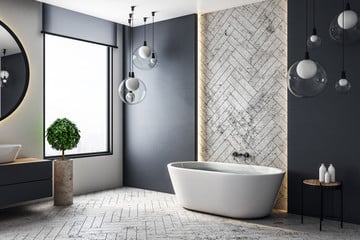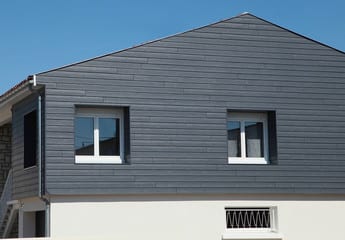Building a pergola in your garden brings an undeniable charm to your exterior and also offers many practical advantages. To combine aesthetics, durability and respect for the environment, it is essential to carefully select the materials used during construction. In this article, we offer you a guide to help you choose eco-responsible materials for your pergola.
Wood, a natural material with many advantages
Wood is probably the most popular material for building an eco-responsible pergola. It is a renewable, biodegradable and recyclable material that is perfectly suited to all kinds of projects. In addition, wood is easy to work with and allows for custom constructions.
However, not all types of wood are equal in terms of eco-responsibility. To limit the environmental impact of your pergola, choose local species, such as oak, pine or larch, which have required less transport than exotic woods. Also make sure that the wood is FSC (Forest Stewardship Council) or PEFC (Programme for the Endorsement of Forest Certification) certified, guaranteeing responsible management of the forests from which it comes.
The advantages of glued laminated timber
Glued laminated timber is a material composed of several layers of solid wood glued together. This process makes it possible to obtain longer and stronger pieces than solid wood, while offering excellent dimensional stability. In addition, the production of glued laminated timber generates less waste than solid wood, because the offcuts can be reused in manufacturing. Thus, opting for a glued laminated timber pergola can be an eco-responsible and sustainable choice.
Aluminum, a recyclable material with a low ecological footprint
Although the extraction and production of aluminum is quite energy intensive, this material nevertheless has undeniable environmental advantages. First of all, it is 100% recyclable, without loss of quality or mechanical properties. In addition, its recycling process requires very little energy compared to its initial production.
In addition, once extracted, aluminum has an exceptional lifespan: it does not corrode and requires almost no maintenance. You will therefore have a durable and easy-to-maintain pergola if you opt for an aluminum structure. Choose a product made from recycled aluminum to further limit your impact on the environment.
Compare wood and aluminum based on eco-responsible criteria
To choose the most environmentally friendly material for your pergola, evaluate the different criteria relating to durability, origin and manufacturing conditions:
- Wood: choose a local species that is FSC or PEFC certified. Opt for glued laminated wood for better quality and stability.
- Aluminum: prefer a product made from recycled aluminum to minimize your ecological footprint and guarantee a long lifespan for your pergola.
These comparisons will help you weigh the pros and cons of the materials being considered in order to choose the one that best suits your needs and environmental requirements.
Eco-responsible canvases and coverings
In addition to the main materials of the structure, it is also important to ensure the eco-responsibility of the canvases and coverings used for your pergola. Here are some tips for making a sustainable and environmentally friendly choice:
Recycled polyester canvas
Recycled polyester canvases are made from recovered and recycled plastic bottles. They present an interesting alternative to traditional canvases made of synthetic materials, because they reduce the consumption of natural resources and energy associated with the production of virgin polyester. In addition, these canvases generally have an anti-UV treatment and waterproofing, guaranteeing optimal protection against bad weather.
Ecological coatings
To protect and decorate your wooden pergola, choose natural products without harmful solvents. Stains and varnishes based on water or vegetable oils are particularly suitable, because they allow the wood to breathe and promote better respect for the environment.
In conclusion, a pergola is a lasting investment to improve the aesthetics and functionality of your outdoor space. By choosing eco-responsible materials to build it, you will help preserve our environment while enjoying the many benefits it offers.







